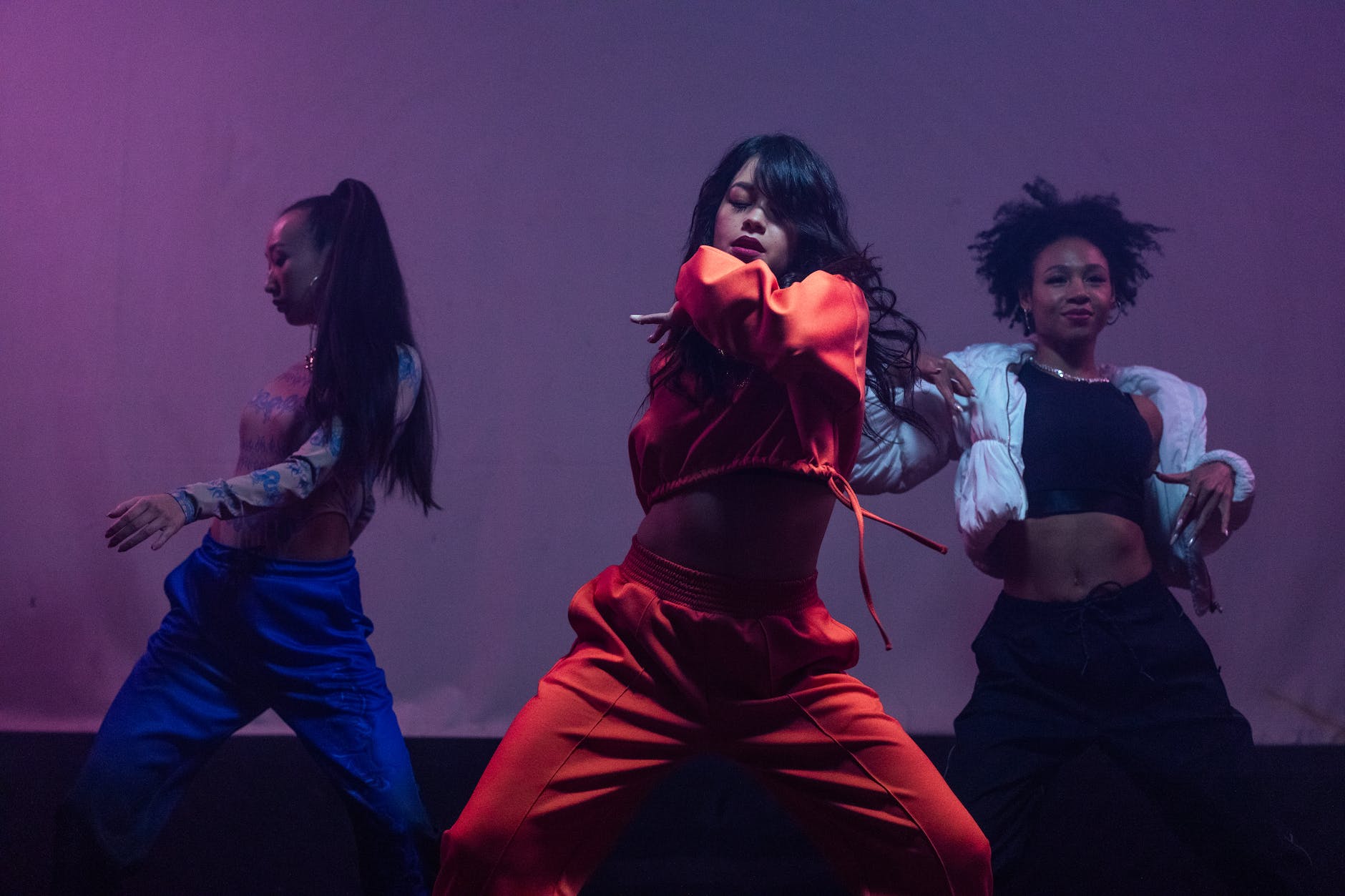The psychedelic art movement, emanating from the 1960s counterculture, represents an explosion of creativity fuelled by a quest for deeper, mystical understanding, and the desire to visually articulate the ineffable expanses of the human psyche. Some of the most iconic contributors to this surreal genre include visionary artists like Alex Grey, Salvador Dali, Robert Venosa, Ernst Fuchs, and Mati Klarwein. Their oeuvre, often brimming with complex, psychedelic illustrations, explores the spiritual and the mystic, bearing insightful testament to man’s capacity for transcendent experiences.
Notable for his intricate and spiritually-engaging artworks, Alex Grey produces works imbued with a deep understanding of the psychedelic experience. His elaborate illustrations encapsulate a cascade of themes related to the human existence, spirituality, and the cosmos. One of Grey’s most famous works, “Net of Being,” depicts an intricate network of god-like beings connected by their shared consciousness. This work stands as a vibrant testament to the interconnectedness that is often experienced on psychedelic journeys.
Revolutionary Surrealist artist Salvador Dali is widely celebrated for his indelible contributions to psychedelic art. His mastery of allowing the unconscious mind to express itself without the interference of conscious thought rendered an artistic approach beautifully aligned with the psychedelic ethos. One of Dali’s most iconic works, “The Persistence of Memory,” features melting clocks in an ethereal landscape. It is a piece that playfully and powerfully challenges our perception of reality—a quintessential psychedelic sentiment.
Renowned for his mentoring by Salvador Dali, the legacy of Robert Venosa abounds in the visionary art world. His works resonate with an ethereal beauty, translating the subtleties of the psychedelic into bold colours and forms. ‘Carnival of Souls’, a fantastical portrayal of celestial bodies dancing against a cosmic background, eloquently captures Venosa’s mastery of revealing the magic lurking beneath ordinary reality.
Heralded as one of the founders of the Fantastic Realism school, Ernst Fuchs amalgamates religious mysticism with futuristic sci-fi elements to generate awe-inspiring psychedelic visuals. His work ‘The Last Supper,’ a reinterpretation of the biblical scene, exhibits a surreal amalgamation of gothic and psychedelic elements, creating a spiritual tableau of sorts which blurs the lines between the real and the surreal.
Mati Klarwein, another remarkable figure in the realm of psychedelic art, weaves an inventive blend of cultural symbols into his work, speaking to the universal human condition. His most famous piece, the album cover for Miles Davis’s “Bitches Brew,” is an intricate riot of colors and patterns. This mesmerizing psychedelic illustration has since become an iconic representation of the fusion between music and psychedelic art.
As these artists have masterfully illustrated, the psychedelic art movement is not merely about visual spectacle. Instead, it is a profound exploration of the ‘inner realms,’ a journey embarked upon by artists who dare to cross the borders of mainstream comprehension and venture into the labyrinth of the psyche. By challenging our perceptions of reality, these artists encourage us to open our minds, inviting us into a mystical exploration of our own psychedelic experiences, testing the boundaries of our consciousness, and provoking our innate curiosity about the world around us.
Their works echo with the possibility of deeper, more spiritual layers of reality, suggesting that sometimes, to see clearly, we must dare to look beyond the ordinary and into the extraordinary realms of the psychedelic and the mystic.






